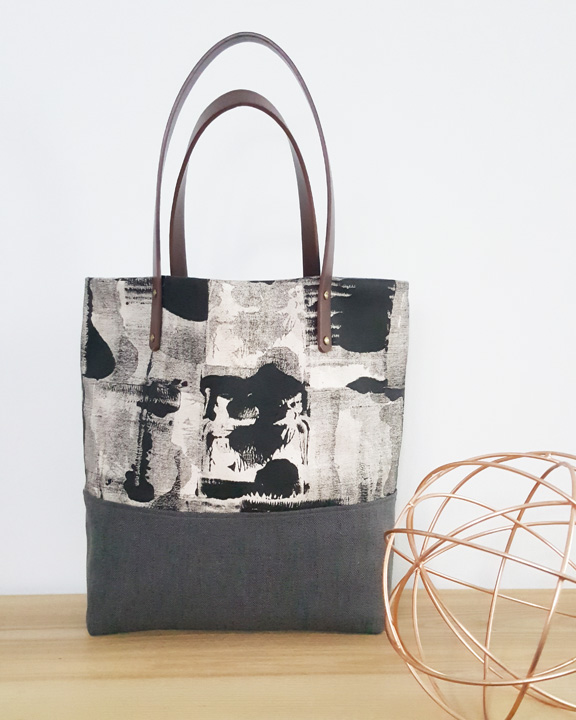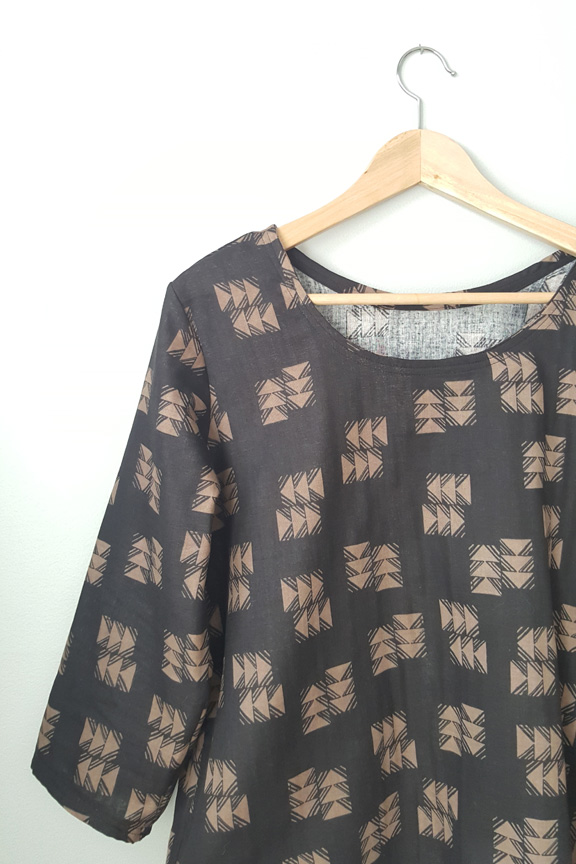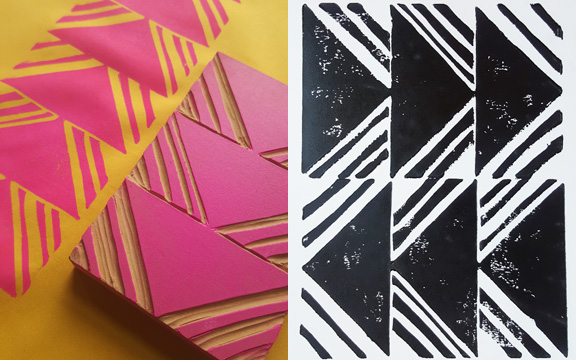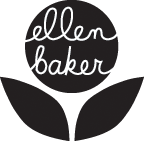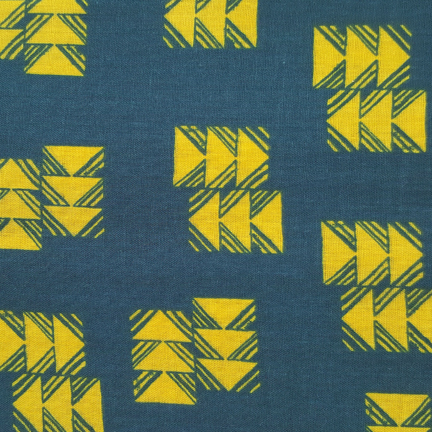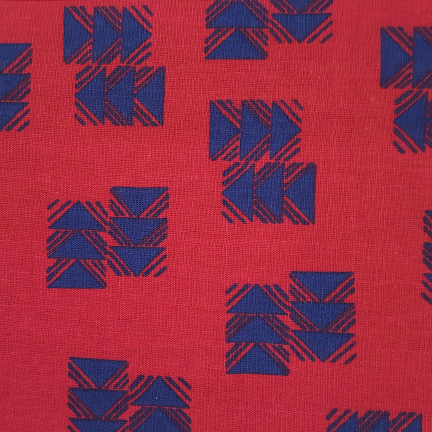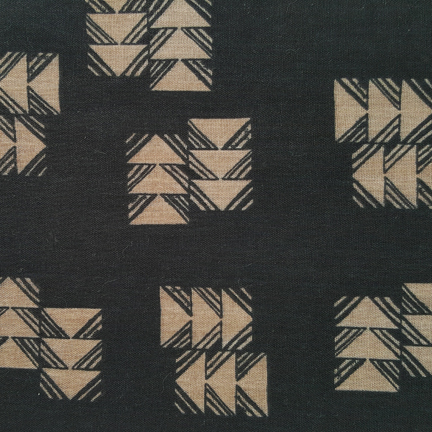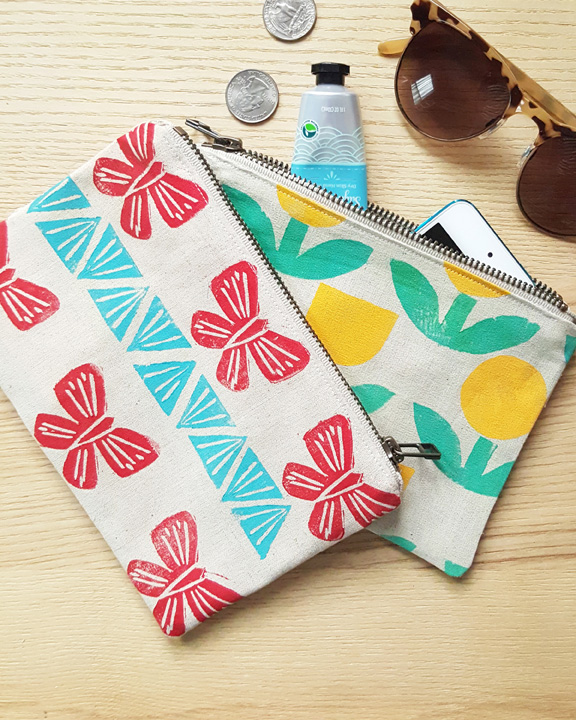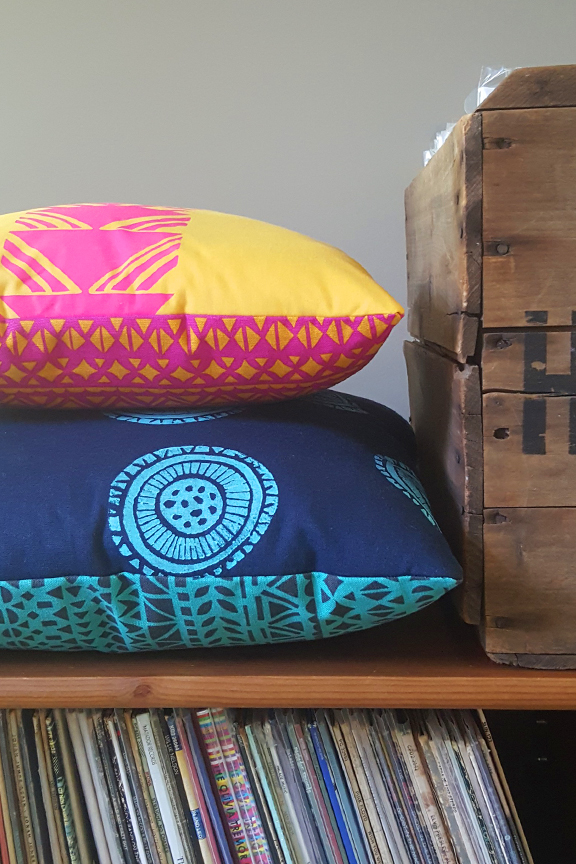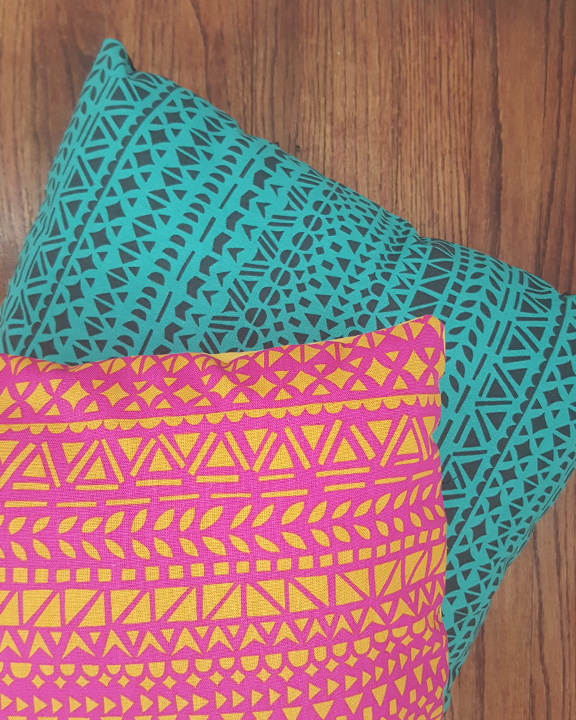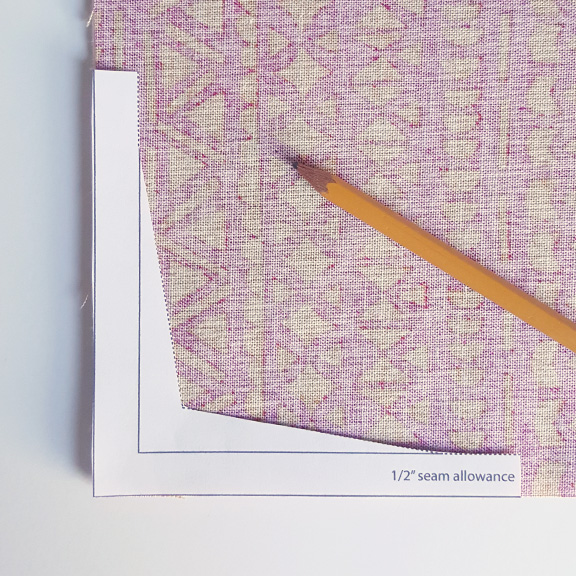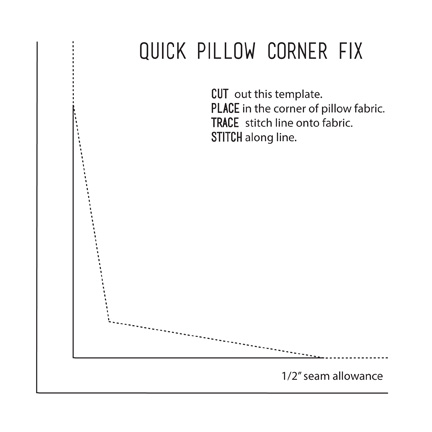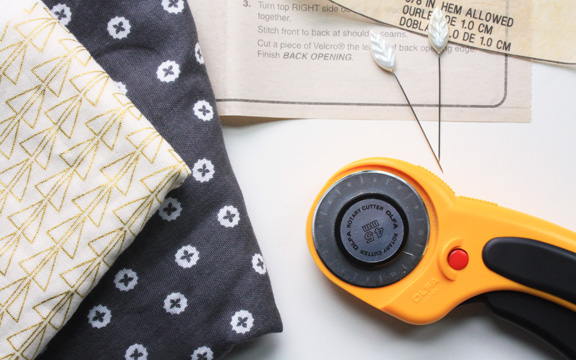
I don’t know anything. This is a reminder that I need daily. Although I’m wary of pop psychology and cynical about self-help books, I finally picked up a copy of Mindset by Carol Dweck after my 12-year-old told me that I had a “fixed mindset.” What a timely book for me to read.
Basically, the idea is that we have much greater potential when we approach the world with curiosity and try to solve problems rather than accept failure. We get better at things when we give ourselves the opportunity to keep trying. This open mindset is called the “growth mindset”, but those who believe they have limited potential and often seek the path of least resistance may have a “fixed mindset.” The growth mindset opens us up to more possibilities when we realize that if we simply work at something, we can improve. Almost every time I listen to artists talk about their creative process, they mention the hard work that they put in daily. Often creativity isn’t a bolt of lightning, but a series of failed experiments. So there may be artists with innate ability, but without time and effort, they won’t achieve success. I need this reminder to simply show up and try even when I’m feeling uninspired.
At Quilt Market this past weekend, people frequently walked into my booth, saw the cool bags that Kokka had made, and asked for a pattern. I looked at these bags and said, “Well, it looks like a circle with tabs on it — you should try that”. After every market, when I talk with the Japanese team at Kokka about developing patterns for their bags, they seem a bit mystified by the need for a pattern. Japanese craft books, even through the translation, often have fewer and less detailed instructions. I wonder if this need to follow precise instructions is an American phenomenon?
Now these shop owners know their customers — if they hang a quilt in the shop, they need to have the fabric and the pattern for people to make that exact item. Why do some people insist on always using patterns? Perhaps it’s lack of time, fear of failure, or a need to follow the rules? A pattern made with the fabric you see in front of you requires little vision and should guarantee success, right? Well, maybe. I’m not sure exactly what is driving people to stick to the rules, but I think it could relate to this issue of fixed versus growth mindset. If we approach sewing with a growth mindset, I think we can learn more. I would never recommend ditching patterns altogether because of course you need basic sewing skills before you can improvise or figure things out on your own. Or if you’re looking for something to sew quickly and efficiently and don’t have much time, a pattern is often the best choice.
But maybe once in a while we could focus on process, step out of our comfort zone, and try to make something without a pattern. A good place to start is with deconstruction. Try taking apart a piece of clothing to see how it’s made and then sew your own version. I think if you can figure out how to make a sleeve pattern by yourself, you can rule the world! Or sketch out ideas for a bag and the pattern pieces that will transform your flat fabric into a three-dimensional object. Maybe you could just make a few improvisational quilt blocks and see where it takes you. Stretching your brain in this way will improve your sewing skills.
Anyway, I’m going to have a growth mindset and do some new things in the next year. It feels good to keep learning and to realize that we’re never finished. Maybe one day I’ll be an expert in physics and golf. Who’s to say I won’t?
____________
Having said all that, if you are looking for patterns for some of the amazing things that Kokka sews for Quilt Market, check out the Kokka blog. Doing metric conversions and making your own paper patterns should still stretch your mind a bit! And check out this interview with Carol Dweck: Talent Isn’t Fixed and Other Mindsets that Lead to Greatness and watch this TED Talk: The Power of Believing That You Can Improve.
